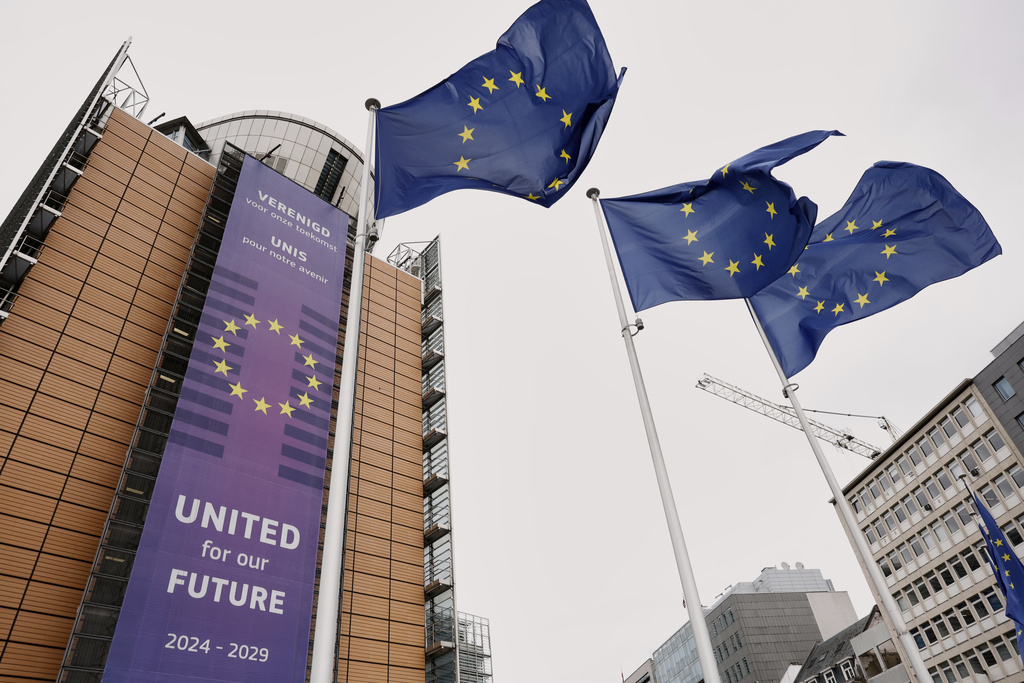Are There Legal Barriers to Using Russian Assets for Ukraine?

The transfer of frozen Russian assets to Ukraine through a reparations loan is legally feasible and faces no insurmountable obstacles. In his recent article, Volodymyr Kuznetsov explains that the proposed mechanism is carefully designed to comply with international law and avoid the perception of outright confiscation.
The plan does not involve direct appropriation of Russian reserves. Instead, the frozen assets would serve as collateral or a funding source for a loan to Ukraine, which would only be repaid upon fulfillment of reparations obligations by Russia. This approach minimizes any risk of violating the principle of sovereign inviolability of state assets.
Moreover, Ukraine’s claims for reparations are grounded in international law, reflecting established norms that obligate aggressor states to compensate for the damage they cause.
Another key element is the mechanism for distributing risks among EU member states. Belgium, which holds the largest share of frozen Russian reserves, has called for guarantees from other countries to share potential legal or financial responsibilities, further reducing risks for any single state.
Finally, there is political precedent for such a transfer: the European Commission, along with Germany and France, is actively promoting a plan for a 140-billion-euro loan to Ukraine using these assets.
While political and financial decisions remain crucial, the legal pathways for implementing a reparations loan are clear and achievable.
“Today, the frozen Russian assets are not just reserves, they are an instrument of justice,” writes Kuznetsov. “Belgium fears being alone with the risk – but if the EU coalition and partners act responsibly, the legal pathways for the reparations loan are open.”
Read the full article on The Gaze: Belgium’s Cautious Stance on Russian Assets: Legal Paths to a Reparations Loan for Ukraine Remain Open